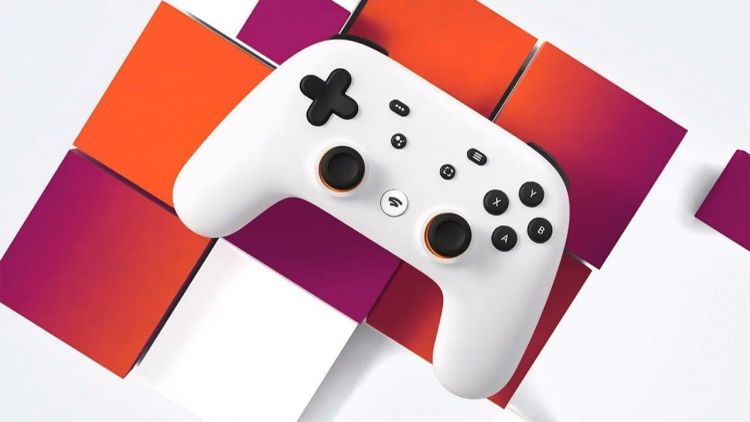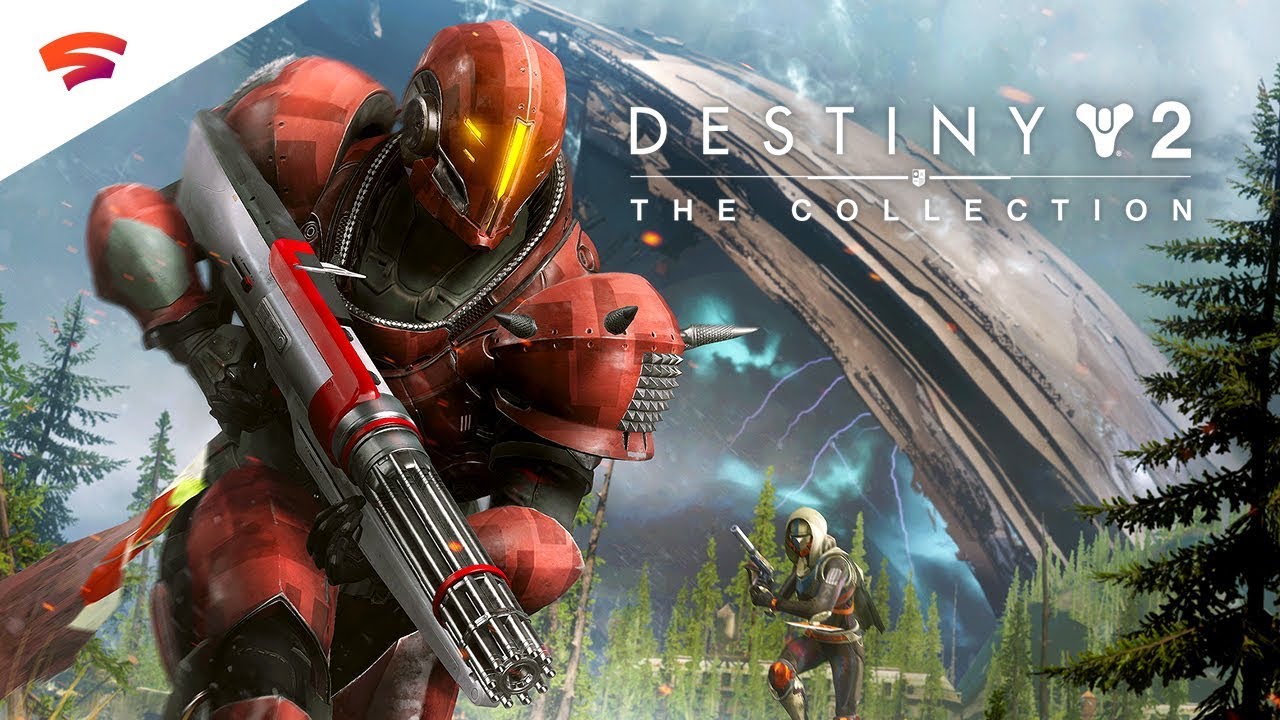Google has been trying to break into the video game market for many years. First in the mobile market with Google Play, finally making their first push into console gaming and testing the waters with Project Stream. A few years later, they announced they were ready to take on the PlayStation 4 and Xbox One with their cloud game streaming service, Google Stadia.
Stadia is a new way to play games without purchasing expensive gaming hardware. A place where you need to have either the Stadia Pro subscription to play certain games up to 4K60 FPS or up to 1080p if you go with the free version. Games would launch with a press of a button, without the need to install expansions or updates, all thanks to the almighty cloud. It sounded like an amazing experience and would change the face of gaming.
I pre-ordered (stop judging me) Stadia when it was announced on June 26th, 2019, and received my Founders Edition on November 22, 2019. The package includes a three-month subscription to Stadia Pro, a Chromecast Ultra dongle, a Stadia Controller (which had several scuffs on it), a power adapter, and a USB-C charging cable. You need to provide a decent internet connection: 10 Mbps for 1080p or 35 Mbps or greater for 4K gaming.
Setting up Stadia is simple; plug the Chromecast Ultra into a TV, install the Google Home app onto your Android phone, and set up Stadia. It takes about 10 minutes to get everything up and running, so it’s a painless process.
Expect some exceptions
Google promised that Stadia would be available on all Android phones, and its biggest selling point was the ability to play a game from one device and then resume on another. At least for now, that’s not completely true. For now, Stadia only works with the Google Pixel for mobile gaming, the Chrome browser for PC gaming, and the Chromecast Ultra for streaming to your TV. If you had planned on checking out Stadia on another Android device or iOS, you’re out of luck. Needless to say, since I don’t own a Pixel smartphone, I wasn’t able to test it on the go.
Using the Chrome browser to play Stadia was also not what I expected. The experience feels hamstrung compared to using the Chromecast device, as you’re restricted to 1080p and a lot of artifacts. There’s no other resolution available here, and that’s disappointing.
I also experienced several issues with using the Chromecast Ultra. The device is prone to overheating, as it’s been mentioned around the internet. At first, I thought there was something wrong with my setup, but there wasn’t. I ended up having a fan blow on the dongle while testing just to eliminate any other overheating issues. Not sure how that slipped past Google’s Q&A department.
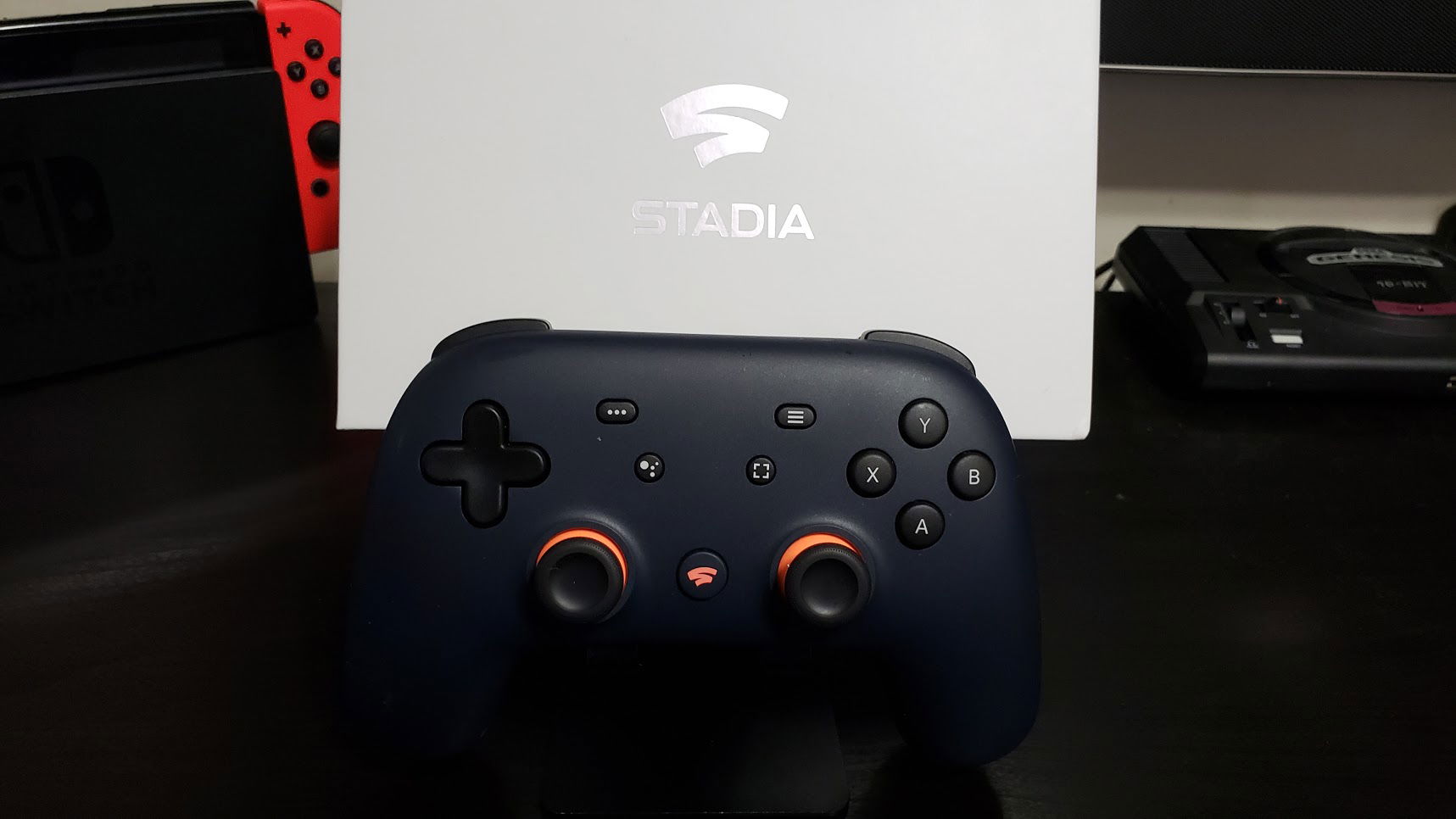
The other concern I had was one I figured would Google know about: capturing gameplay from Stadia. Gaming is huge, and there are thousands out there who record and/or stream their gameplay to any number of services. While you’re able to stream/record from the Chrome browser via software and hardware recording (depending on how complex your setup is), trying to do the same with the Chromecast is out of the picture.
HDCP or High-bandwidth Digital Content Protection protects the Chromecast. In layman’s terms, it stops the average user from capturing a signal from HDCP devices. Your PlayStation 4 and Xbox One have this, but they can be switched off and allow you to capture gameplay footage freely. The Stadia depends on the Chromecast, which has no way to disable HDCP for now. And if I’m candid, I don’t ever see this happening, as Google would need to do a firmware upgrade to allow for this. The same device is used for streaming any number of services, such as Hulu, Netflix, YouTube TV, and more. That alone raises numerous questions on the legality of doing so.
Of course, Google owns YouTube, and perhaps the plan here is to only allow capturing and streaming to YouTube exclusively. Another idea is for Google to release a device that would be used only for gaming and nothing more. We’ll have to wait and see what they plan on doing. You’re now restricted to just 30 seconds of gameplay capture by holding down the capture button.
How’s the controller?
I got to say that Google did nail the controller. Sure, it doesn’t feel as sturdy as an Xbox One controller, but I enjoyed my time with it. Google did their homework when they were developing their controller. Several features from other popular controllers have been incorporated into the Stadia controller. Starting with the striking resemblance to the Nintendo Switch Pro controller and the dual analog sticks found on the DualShock 4. On the rear, you’ll find a textured back, which is something that you’d find on a special edition Xbox One controller. I wish it was rubberized and a bit more grippy, but it’s solid nonetheless.
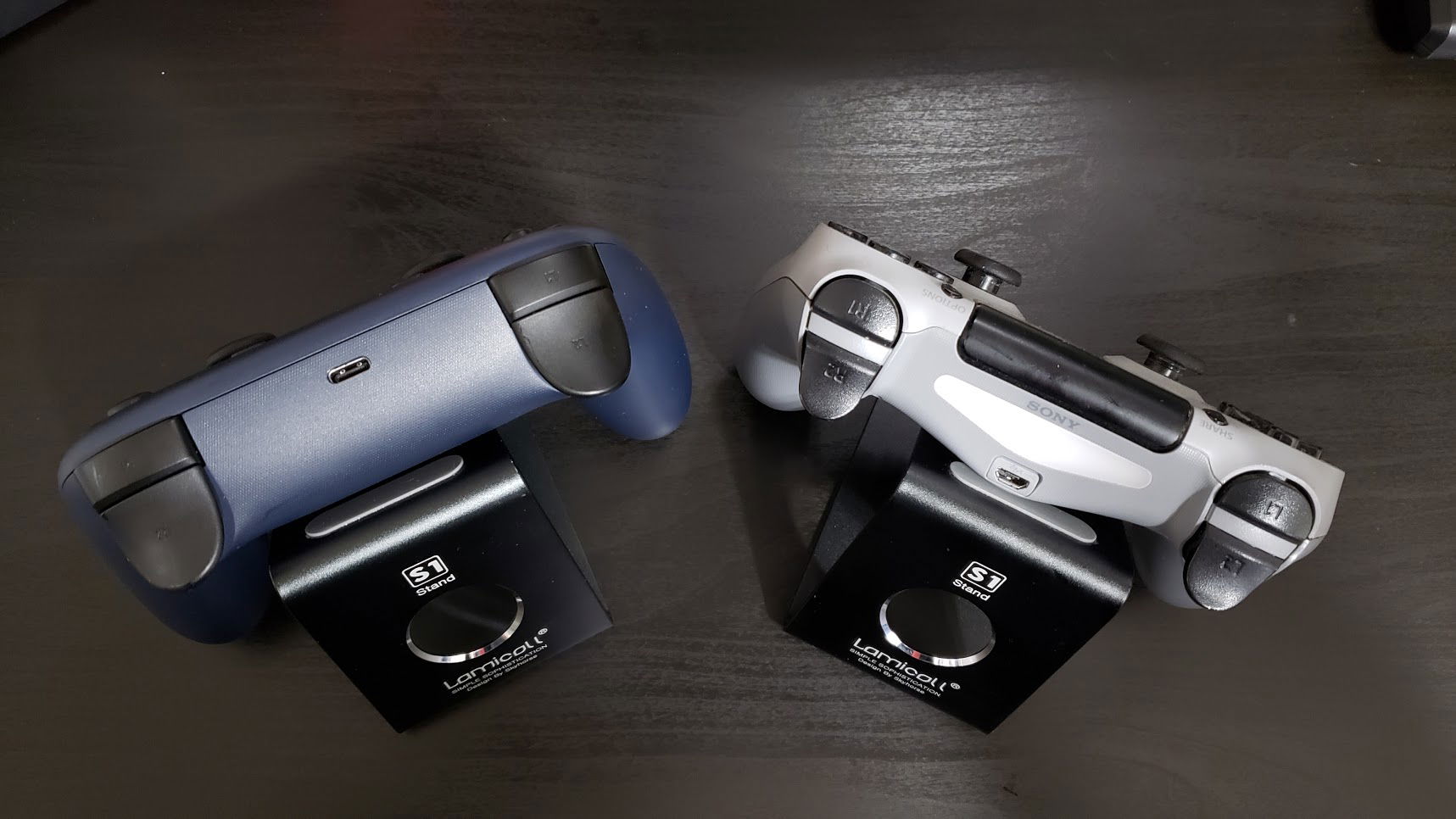
The D-pad was surprisingly decent, as I was able to play Samurai Shodown with little issue. It is a bit stiff, but I chalked that up due to the controller being new. Sadly, due to the lack of games that utilized the d-pad, I couldn’t give it a better workout. The battery life was also impressive, even for a new controller. I only had to charge it once I received the Stadia, and after a handful of sessions, the controller was still ready for more.
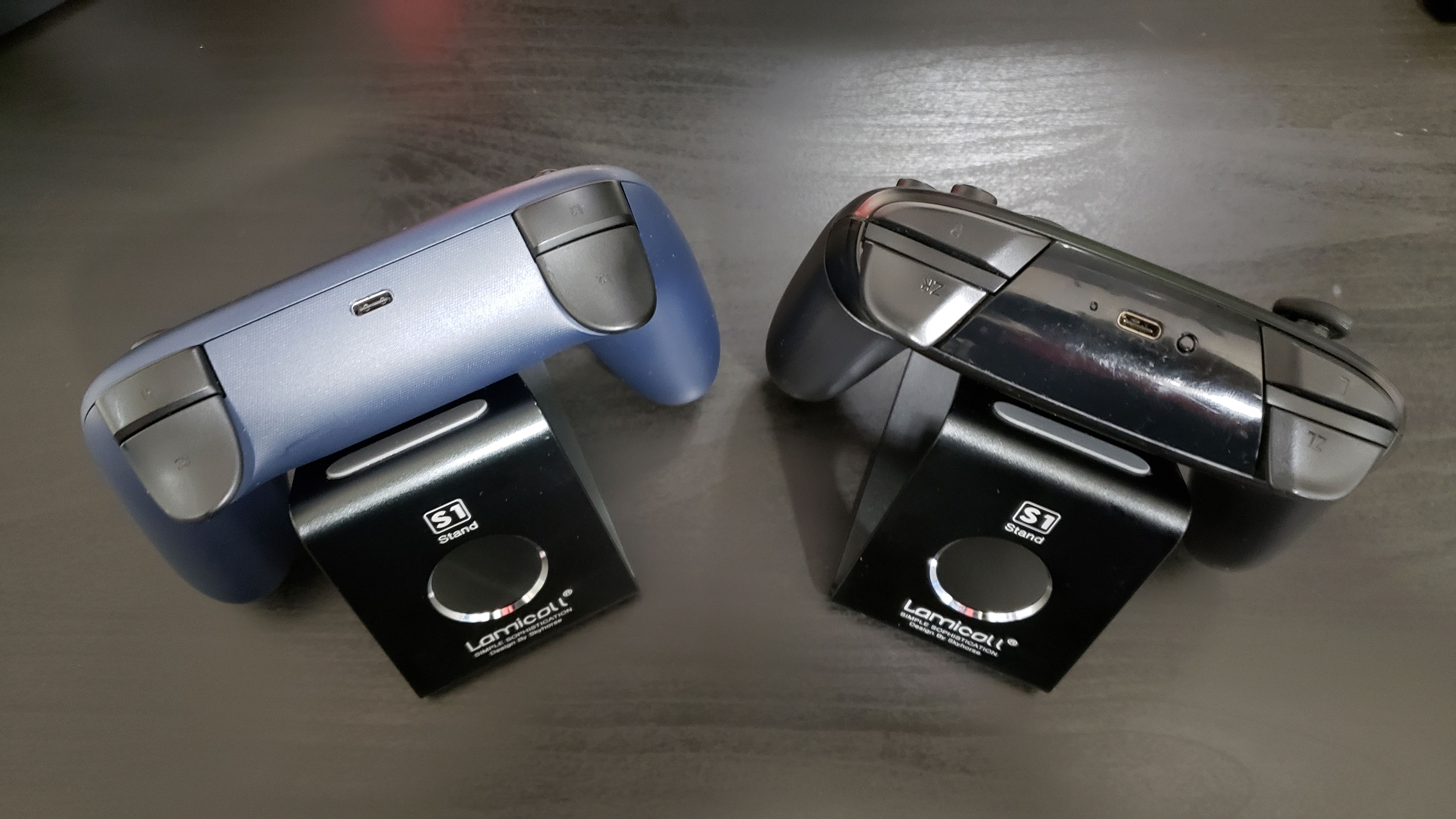
The only downside is that the controller does feature a microphone that hasn’t been incorporated yet. While the idea of having a mic inside the controller isn’t a deal-breaker, don’t we have enough mics in other things? Did we need one more, even if it is to communicate with Google?
What about the games?
Ah, the games, perhaps the second biggest weakness in Stadia’s launch.
Originally set to launch with DOOM Eternal, until it was delayed until 2020, the lineup started to look a bit weak afterward. Sure, it has Destiny 2, Red Dead Redemption 2, and a slew of other games, but that isn’t enough. Every game currently available is also on just about every other gaming platform. Save for one; Gylt, the sole exclusive title and a lackluster one at that.
- Assassin’s Creed Odyssey
- Attack on Titan: Final Battle 2
- Destiny 2: The Collection
- Farming Simulator 2019
- Final Fantasy XV
- Football Manager 2020
- Grid 2019
- Gylt
- Just Dance 2020
- Kine
- Metro Exodus
- Mortal Kombat 11
- NBA 2K20
- Rage 2
- Red Dead Redemption 2
- Rise of the Tomb Raider
- Samurai Shodown
- Shadow of the Tomb Raider: Definitive Edition
- Thumper
- Tomb Raider: Definitive Edition
- Trials Rising
- Wolfenstein: Young Blood
A better line-up would have helped Stadia’s chances. As it stands right now, however, it needs something more. Simply having the same games as the PlayStation 4 and Xbox One simply isn’t helping matters.
Playing Stadia in real-world conditions
One of my concerns going into Stadia was how it would perform in non-controlled environments. Every time we saw it in action or heard back from someone who played with it, it was always in a controlled setting. And despite asking Google when they planned on doing some less-than-ideal testing, that was ignored. For my testing, I played on a 1 Gbps and 100 Mbps wired connection, as well as a 50 Mbps WiFi connection. The latter is the same connection I use to stream multiple 4K streams throughout my house. I know that my environment isn’t something that most users of Stadia have access to, so your results may vary. That being said, I still encountered latency on all of the connections I tested on since once the stream leaves my home, it’s up to the mercy of internet routing and Stadia’s servers.
While Destiny 2 and Samurai Showdown were provided with the Stadia Pro subscription, I ended up purchasing Red Dead Redemption 2 as well. Every game was playable, albeit with a noticeable input delay. If you haven’t played any of those games on a console or PC, I’m sure you’d be hard-pressed to find any outstanding issues outside of the input delay.
However, with Destiny 2, I had some concerns. Mainly due to the fact I’ve played this game on PC since it was released. So I’m used to playing with a lower input delay and higher fidelity graphics, both of which were problematic on Stadia. There was too much delay for me, and even though it was slight, it was more than enough for me to notice.
However, I had a plan to see if the casual Destiny 2 player could see a difference; my 11-year-old son. I had turned him on to the game, and he hasn’t played it on PC yet, but he’s been playing it on the Xbox One. So having him test out the single-player portion on Stadia was perfect. After several hours, he seemed to enjoy it but complained that the game would “freeze” up and wanted to know what was wrong every so often.
Multiplayer, on the other hand, was a different story. Attempting to join a Fire Strike or a PVP match took longer than it should have. On average, there was about a 10-minute wait, which typically ended with a timeout error. Not to mention the Destiny 2 user base for Stadia is smaller than every other platform, which is why the wait is so long. It was solid when I joined in on some multiplayer action in the form of several Fire Strikes and some Gambit (PVP).
Red Dead Redemption 2, another title I’ve played on both the Xbox One and PC, was another disappointment. No 4K60 FPS to be found, and the game looked and performed worse on Stadia. Sluggish controls and input delay on a game that was supposed to look better than the PC version yet doesn’t look much better than it does on the Xbox One X? Needless to say, I wasn’t impressed here either.
There’s also the visual quality dropping issue despite having a connection well above what was recommended. My sharp image would often turn into a pixelated mess, which would carry on for a time and then clear up. What’s the point of saying this is better than existing consoles if the best we can constantly experience is a subpar 1080p image or worse?
So who is Stadia for exactly?
Since Google announced and started advertising Stadia, it was clear they had no idea who their audience should be. This was perhaps the biggest error on Google’s end, and it shows. A lackluster selection of launch titles that were already available on consoles and PC, with just one exclusive title. The promise of playing games at 4K60 FPS with Stadia Pro, and yet there’s not a single game that proves that ability. Latency was comparable to Microsoft’s Project xCloud, a service that offers more for less. I could go on, but I’m sure you get the idea.
Stadia is a good idea, and I feel it has potential, but that potential isn’t being shown now. We likely won’t see what Stadia is fully capable of until its official release sometime in 2020. Sure, Stadia Founders and Premiere Editions are out in the wild now, but for all of us who’ve paid for them (and those who didn’t), Stadia is nothing but a glorified paid beta, and I’m not okay with that.
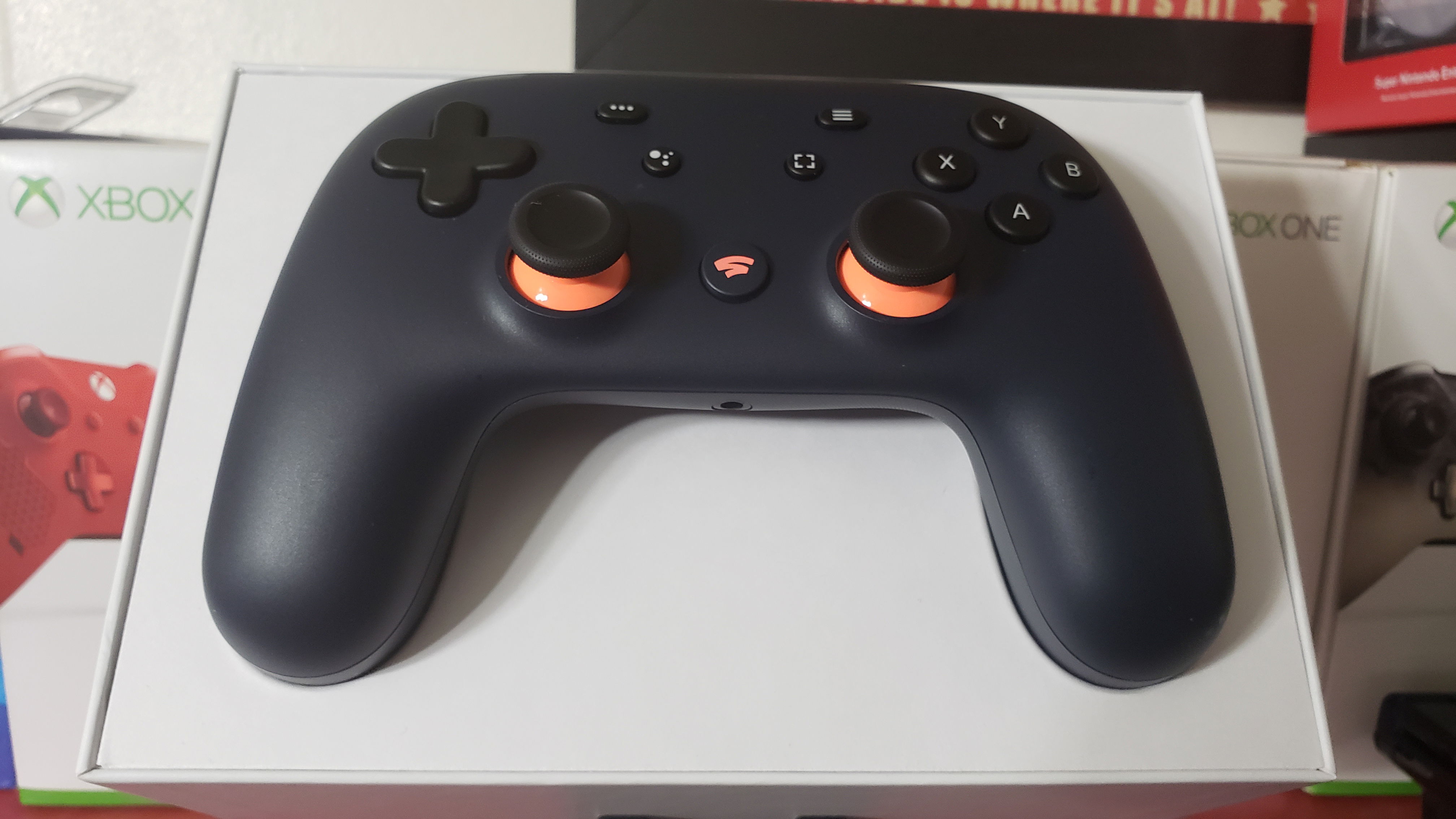
While it seems like I’m completely negative about what Stadia is, and it’s warranted, I do want it to succeed. If Google nails this, this would be perfect for those who don’t own a console or PC. If they can improve the experience, I can see Stadia appealing to those who are either just getting started in gaming or don’t want to upgrade to play the latest games constantly. For anyone else who’s already amassed one or several other consoles, this may not interest them.
For now, Stadia is a hard sell. Google has a long way ahead of them, specifically in the number of games coming to the service. They need to get cranking on both first-party and exclusive games for Stadia. Otherwise, there’s no reason to justify getting this over the conventional gaming consoles. As such, I’ve already started my return for the unit and will revisit it later in 2020. Hopefully, by then, there’s a reason to subscribe to Google’s vision of gaming.
Disclaimer – Our review of Google Stadia was based on the Founders Edition paid for by The Outerhaven. While Google did not send us a review unit, this review was conducted as we were curious about the service and underlying technology.
Stadia simply isn't ready yet
Stadia simply isn't ready yet
At this point, it’s hard to recommend Google Stadia to anyone and for a new gaming service that hurts. There are no exclusive titles worth playing. The input delay and latency are problematic, the promised feature set isn’t available and some games look worse than their console counterparts. Stadia is a great idea but it needs more polish and releasing it early wasn’t a good move on Google’s part.


